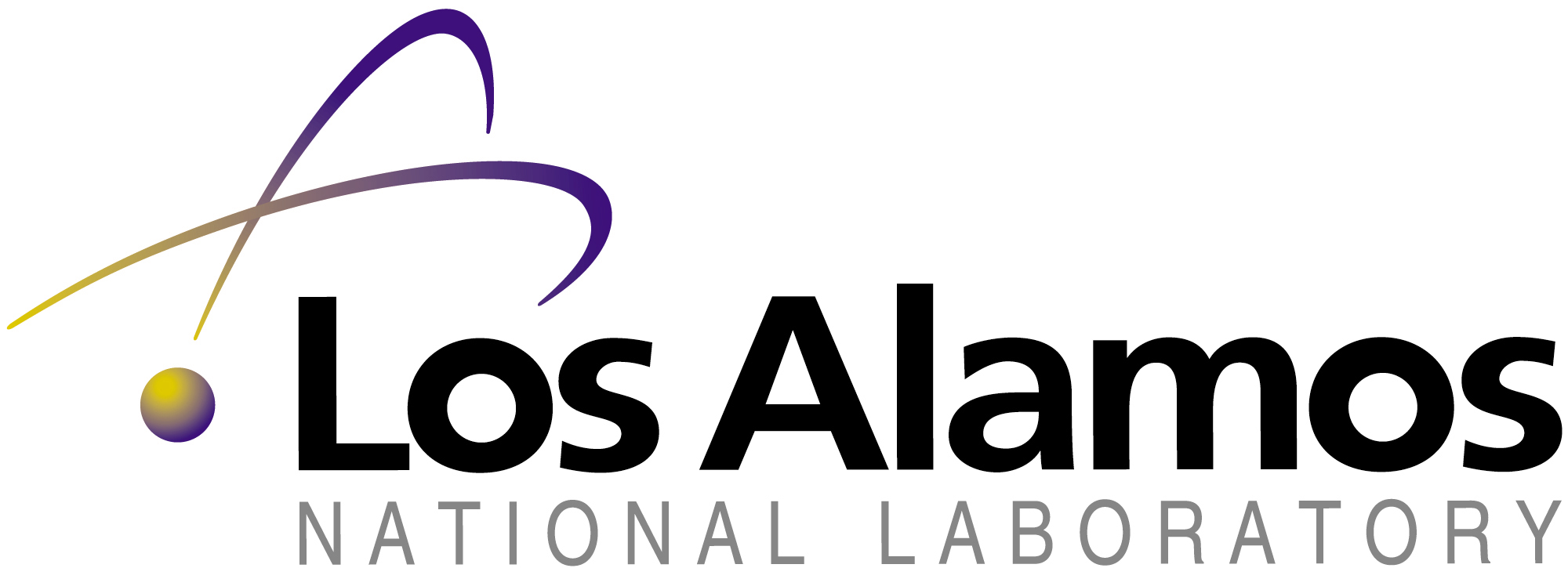Part 1 of 2 Parts
The Los Alamos National Laboratory (LANL) is a federal laboratory charged with research and development of nuclear weapons for the U.S. nuclear arsenal. It is located a short distance from Santa Fe, New Mexico. Radioactive waste resulting from the work at the LANL is placed in standard drums and shipped to the Waste Isolation Pilot Plant (WIPP).
The WIPP is an underground federal repository for transuranic nuclear waste generated by the development and manufacture of nuclear weapons. It is located near Carlsbad, New Mexico. The WIPP was opened in 1999. The WIPP has strict protocols for the permanent disposal of nuclear waste.
A few years ago, a drum of waste from the LANL was improperly packed with the wrong absorbent and shipped to the WIPP. The materials in that drum underwent chemical reactions that generated so much heat that the drum burst. The air filtration system failed and radioactive particles spread for miles across the New Mexico countryside. This accident resulted in the repository being shut down for several years as air filtration systems were repaired.
A drum of nuclear waste at the Los Alamos National Laboratory (LANL) started giving off sparks last month as it was being packed. This ultimately led to a temporary evacuation of part of the Waste Isolation Pilot Plant’s underground repository as officials investigated whether any other drums of waste sent to the WIPP from the LANL posed a similar threat.
Investigators later verified that no one was injured, and no radiation was released. This was reported in a March 12th letter from the LANL to the New Mexico Environmental Department (NMED) Hazardous Waste Bureau. The letter said that the LANL drum started sparking as workers packed it with low-level transuranic (TRU) waste on February 26th for delivery and disposal at WIPP.
During the packing process, two high efficiency particulate air (HEPA) filters were placed in a drum to which a “metal waste item” was added, according to the letter from the LANL. When the metal item was inserted into the drum, it tore open the bag with the HEPA filters and sparks were observed coming out of the drum when the metal item touched the filters. Workers at the lab immediately set off the fire alarm and then left the work area.
The LANL letter said, “Following immediate response and clearing of the scene by the Los Alamos Fire Department, the initial inspection revealed that there was no release of waste or radiological contamination outside of the glovebox. Visual observations showed no damage to the drum-out bag or gloves.”
On March 1st, an investigation was undertaken at the LANL and it was discovered that the HEPA filters contained particles from titanium welding which were oxidized when the bag that contained the filters was torn open. This was the origin of the sparking. The NMED was first notified about the sparking incident three days later by the WIPP on March 4th after the LANL had notified the WIPP. The LANL made its first report of the incident to the NMED on March 9th.
Please read Part 2 next
